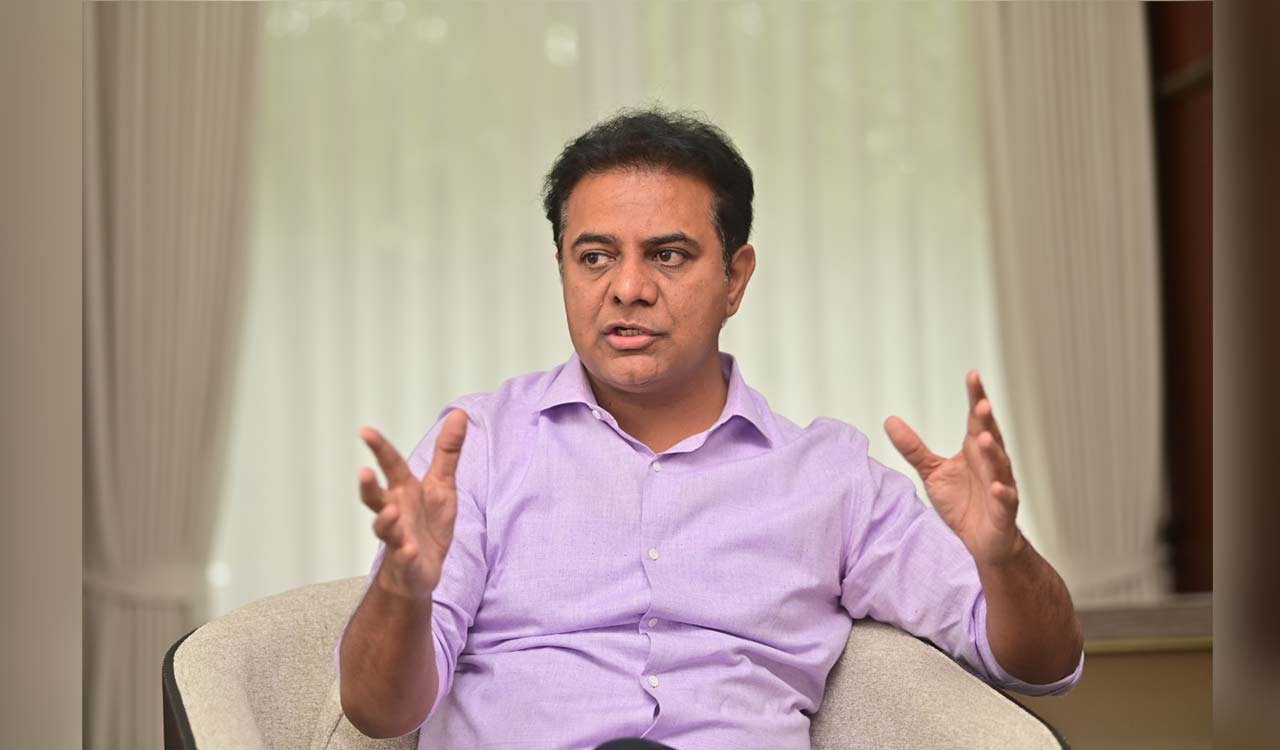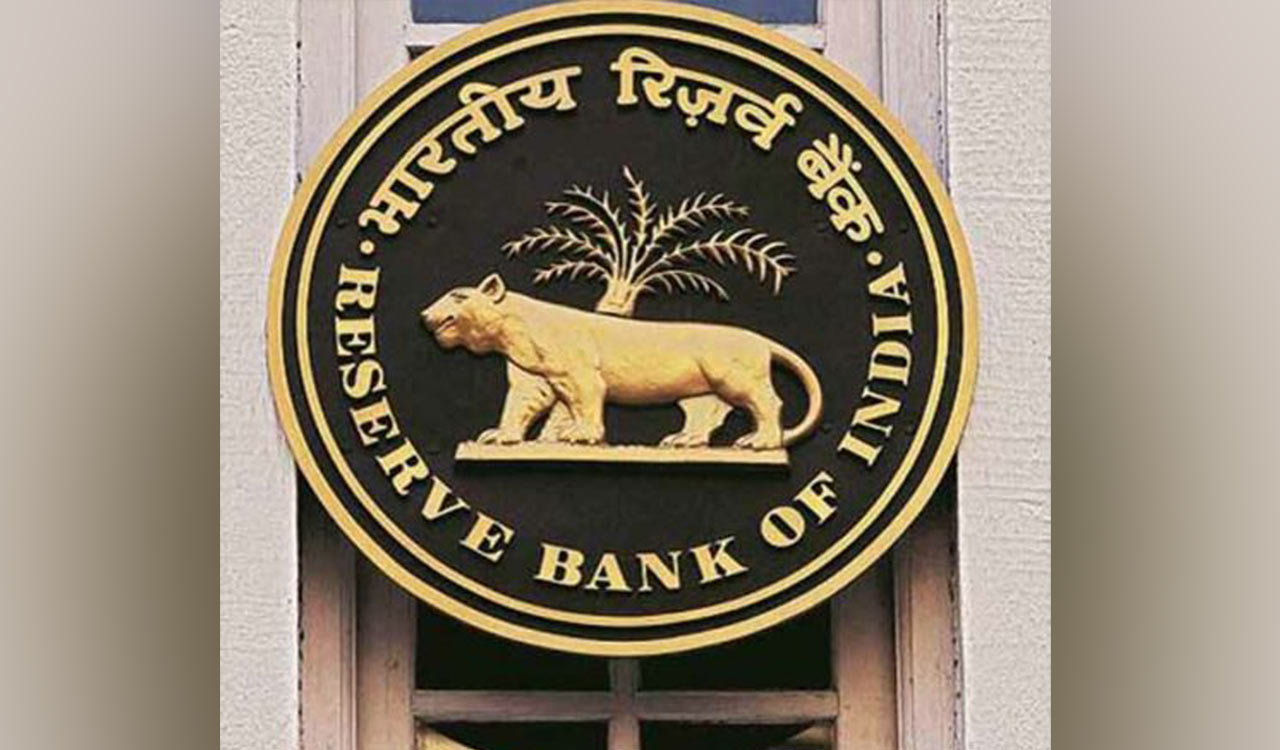No country for working women
More and more women being pushed out of the agriculture sector points to a disturbing trend

Despite growth in the economy and the working age population in India, the participation of women in the labour force has been declining. This is an alarming trend when seen against the backdrop of increasing crime against women and widespread gender discrimination. At 21%, India has one of the lowest female participation rates in the workforce across the world. It is less than half the global average. No matter which cluster of countries one compares with — high income or low, highly indebted or least developed — India comes off worse. The dismally low labour force participation rate can be attributed, at least partially, to the restrictive cultural norms regarding women’s work, gender wage gap and lack of safety policies and flexible work offerings. The sharpest decline has been in the case of Scheduled Tribe women. The coronavirus pandemic has worsened the situation, impacting the women disproportionately because they work in sectors that have been the hardest hit. Several estimates show that in India, women were 9.5% less likely to be employed, compared with men, in August 2020 as against the corresponding period in the previous year. The labour force participation rate, which includes those who are employed as well as those who are as yet unemployed but seeking work, is one of the important indicators that reflects the economy’s active workforce. A disturbing trend is that more and more women are being pushed out of the agriculture sector following a drop in demand. The new opportunities being created in modern, high-value service sectors typically go to the menfolk.
Women continue to face many barriers to enter the labour market relating to access, choice of work, working conditions, employment security, wage parity, discrimination, and balancing the competing burdens of work and family responsibilities. The changing nature of work availability is one of the key reasons why there has been a fall in women’s participation in the workforce. According to a study on labour dynamics, there has been a massive decline in agricultural jobs over the last three decades and, unfortunately, this was not accompanied by an increase in rural non-farm employment or livelihood opportunities. The mechanisation in farming has led to a significantly greater decline in women’s labour in Indian farms. Globally, the increased education levels and falling fertility rates have significantly contributed to greater participation of women in the labour force. But, the trend has not picked up pace in India. Women’s labour force participation and access to decent work are important elements of an inclusive and sustainable development process. There is a need for a comprehensive approach to improving labour market outcomes for women through better training programmes, skills development, access to child care, maternity protection and provisions of safe transport.
Now you can get handpicked stories from Telangana Today on Telegram everyday. Click the link to subscribe.
Click to follow Telangana Today Facebook page and Twitter .
Related News
-
Cartoon Today on December 25, 2024
5 hours ago -
Sandhya Theatre stampede case: Allu Arjun questioned for 3 hours by Chikkadpallly police
6 hours ago -
Telangana: TRSMA pitches for 15% school fee hike and Right to Fee Collection Act
6 hours ago -
Former Home Secretary Ajay Kumar Bhalla appointed Manipur Governor, Kerala Governor shifted to Bihar
6 hours ago -
Hyderabad: Organs of 74-year-old man donated as part of Jeevandan
6 hours ago -
Opinion: The China factor in India-Nepal relations
7 hours ago -
Editorial: Modi’s Kuwait outreach
7 hours ago -
Telangana HC suspends orders against KCR and Harish Rao
8 hours ago




